Preventive Healthcare
Understanding Ganglion Cysts: Symptoms, Treatment, and Prevention
1984 Views
0
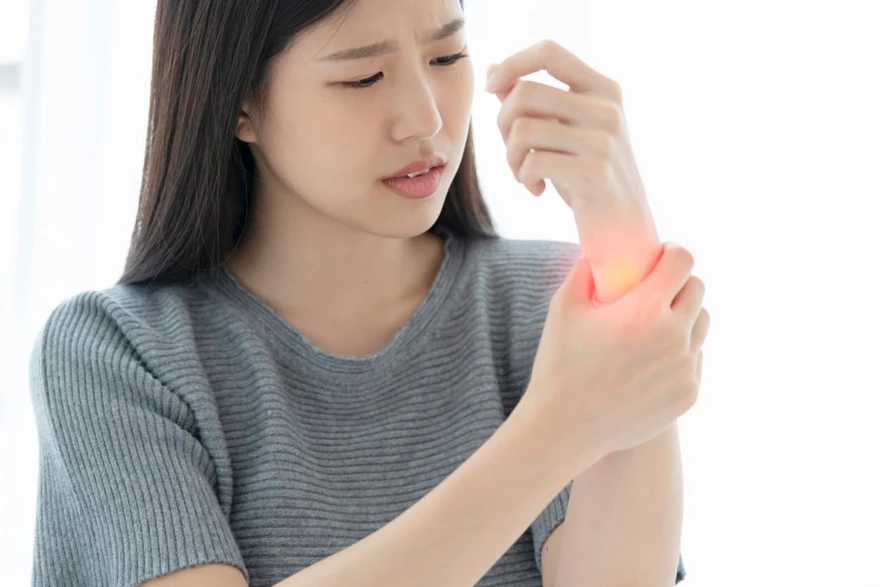
What is a Ganglion Cyst?
A ganglion cyst is a small fluid-filled lump that may form just below the skin. It may form due to a tear in the tissue attached to your joints or tendons, which can cause the tissue to expand and create a sac. A ganglion cyst is also called a bible cyst.
There are specific joints where the ganglion cyst may appear, and moving the joint near the ganglion cyst can add to the swelling and cause even more discomfort. However, ganglion cysts are not cancerous and are usually harmless.
You may find a ganglion cyst:
- On the front or back of your wrist
- Near your finger joints. This type of ganglion cyst on the hand can be found close to your palm or below your fingernails.
- A ganglion cyst on the foot can appear close to your ankle or toes.
What are Ganglion Cyst Symptoms?
In some cases, the ganglion cyst may be so small that it does not cause a lump in the area but can still cause ganglion cyst symptoms like discomfort and pain. These are known as occult ganglions. However, you may find a visible lump or mass on your hand, ankle, wrist, or foot. If the ganglion cyst is on your foot, you may experience pain when walking or wearing shoes. The ganglion cyst can also become smaller or bigger over time.
More severe ganglion cyst symptoms may occur if a ganglion cyst forms near a nerve; these ganglion cyst symptoms include:
- pain
- loss of mobility
- numbness
- tingling sensation
What Causes Ganglion Cyst?
While the exact ganglion cyst causes are unknown, it is thought to be caused by irritation or trauma. Ganglion cysts can also be a result of fluid accumulation in and around the joints and tendons in your:
- wrist
- hand
- ankle
- foot
Overuse of that joint can also be the ganglion cyst cause.
What are the Types of Ganglion Cysts?
The types of ganglion cysts include:
- Wrist Ganglion cyst
This type of ganglion cyst is often found in young adults and can go away without treatment.
- Finger Ganglion Cyst
A ganglion cyst, also known as a mucous cyst, is found on the fingertip just below the cuticle. It is usually found in middle-aged or older individuals.
- Elbow Ganglion Cyst
This is a rare type of ganglion cyst on the hand. It can also restrict joint movement and cause intermittent pain in the region.
- Foot Ganglion Cyst
This type of ganglion cyst can be found on the top of your foot or the ankle. It is often caused by bone spurs or other damage to your joints or tendons caused by arthritis.
- Volar Ganglion Cyst
In this type of ganglion cyst on the hand, a small pea-sized cyst may form on the palm of your hand or at the end of your finger. It may hurt when you try to hold onto objects and often appear suddenly. Volar ganglion cysts do not get bigger or smaller and can usually disappear without treatment.
What are the Risk Factors of Ganglion Cysts?
Ganglion cysts can develop suddenly and in anyone but are more likely to occur in individuals between 15 and 40 years old. The American Academy of Orthopedic Surgeons has found that ganglion cysts are more common in women than men. It was also seen that people who apply repeated stress to their wrists (e.g. gymnasts) are more likely to develop ganglion cysts.
Other risk factors of ganglion cysts include:
- Inflammation in your joints or tendons
- Injury to your wrists or fingers
- Repetitive use of your fingers or wrists
- Chronic conditions like arthritis
How is a Ganglion Cyst Diagnosed?
Your healthcare provider is usually able to provide a ganglion cyst diagnosis with a physical examination. The presence of a small lump near your wrists or fingers is a telltale sign of ganglion cysts. The doctor may then slightly press the bump to check if it hurts or bothers you. In some cases, they may also shine a light on the spot to check if the area is translucent or take an X-ray to evaluate the presence of joint arthritis near the cyst.
Your healthcare provider may also suggest taking a small sample of the lump for a biopsy. A ganglion cyst mainly contains jelly-like fluid and is not solid tissue.
How are Ganglion Cysts Treated?
In most cases, a ganglion cyst may go away without any form of ganglion cyst treatment, and you can leave it to take care of itself if you do not feel any pain or discomfort in the area.
If you do visit the doctor, they may advise you to take the following precautions:
- Avoid the repetitive movements of your hands and wrists.
- Use a wrist brace to immobilise the cyst, which in turn can help it shrink.
- If you have a ganglion cyst on your foot or ankle, wear shoes or sandals that do not touch it.
If the ganglion cyst causes pain or limits mobility, your doctor may suggest removing it. This procedure involves draining the cyst with a syringe. Surgical cyst removal is the last option for ganglion cyst treatment if none of the other options have worked. However, there is always a chance of the cyst returning even after the doctor has removed it.
Can Ganglion Cysts be Prevented?
If you are prone to developing ganglion cysts, they may reoccur even with treatment, and there is no known way to prevent them. If these cysts return and become bothersome, you can talk to your doctor about the next steps you need to take to treat or remove them.
Conclusion
A ganglion cyst is a non-cancerous lump that is mostly harmless and does not even need any ganglion cyst therapy if it doesn't bother you. If you need to visit your doctor due to pain or discomfort it may be causing; they will be able to provide you with treatment options and help test if there is any underlying cause of the condition. At Metropolis Labs, you can find premium diagnostic facilities to help with any blood or body fluid test you may need. Our convenient at-home services provide sample collection in the comfort of your home. Contact us today for more details.









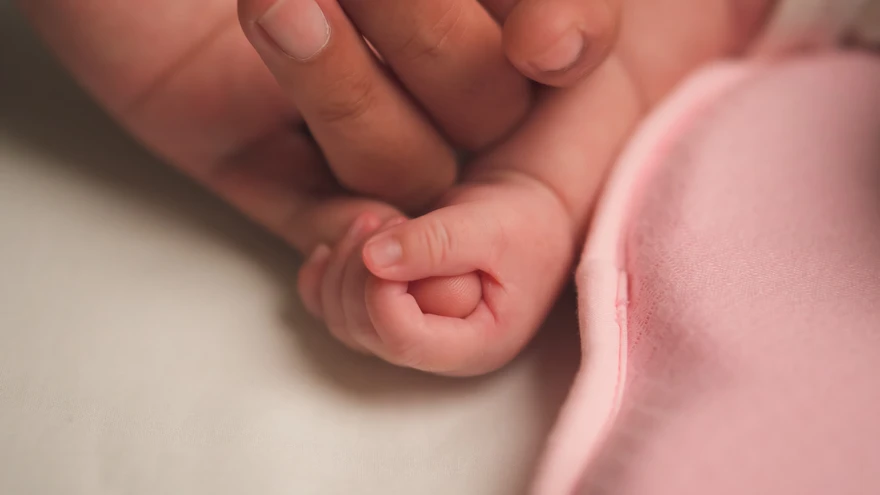
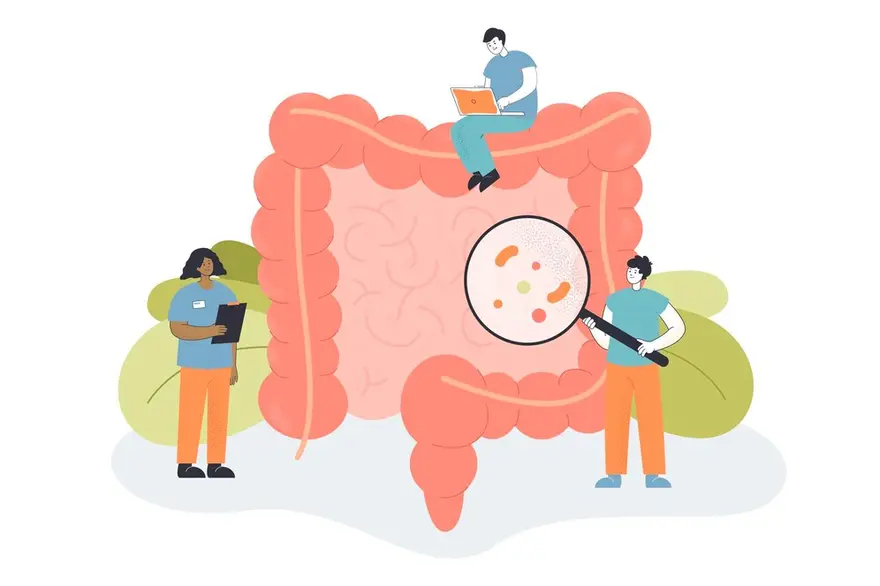
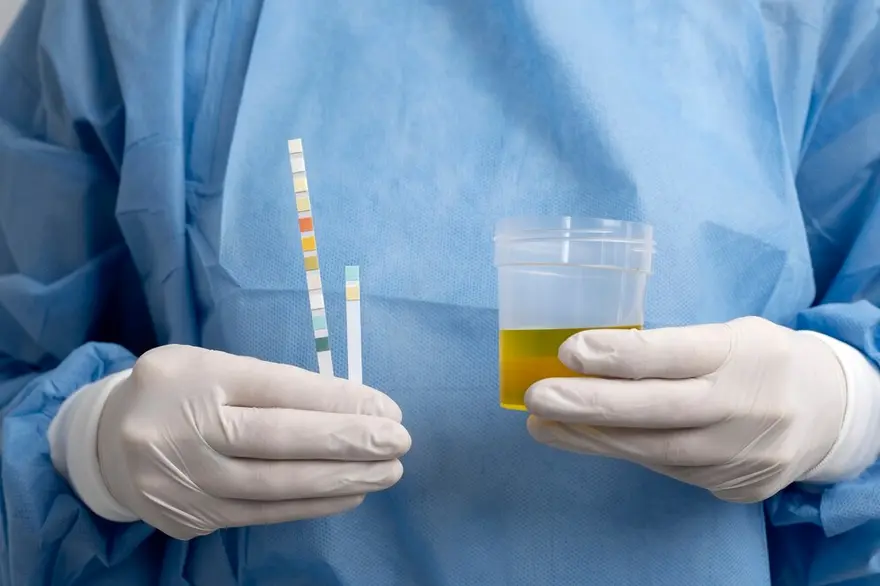
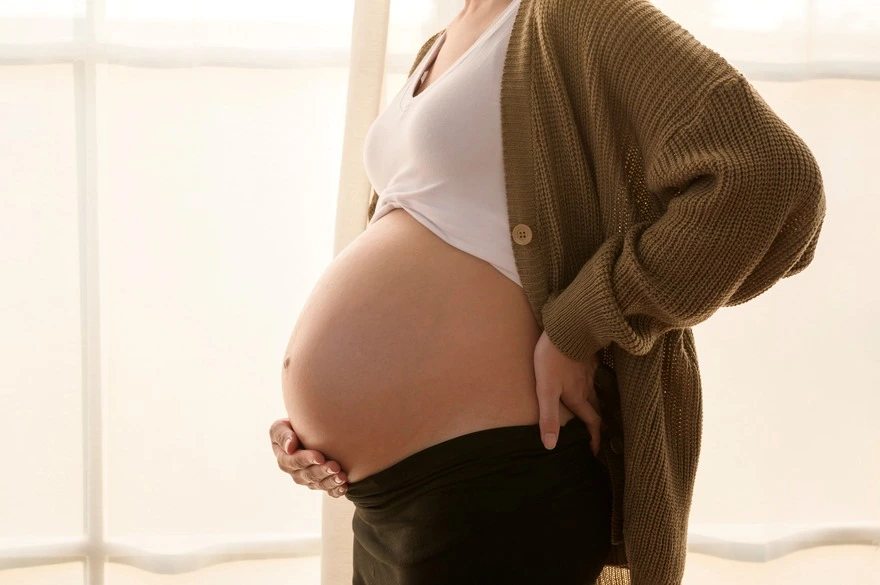
1701259759.webp)









 WhatsApp
WhatsApp